|
Past-E-Mail: Cam Notes - 2006: August: Aug 16-06 |
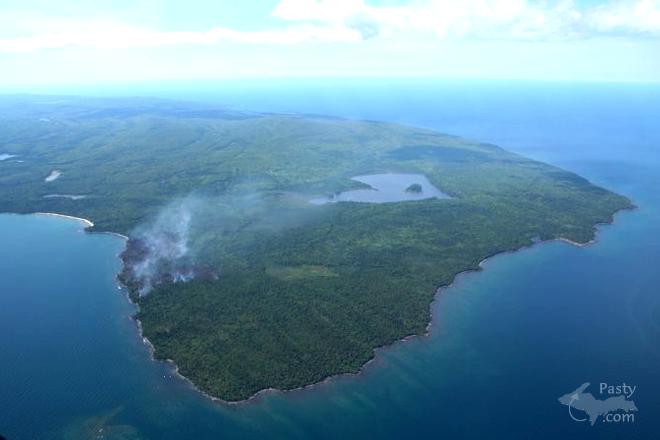 |
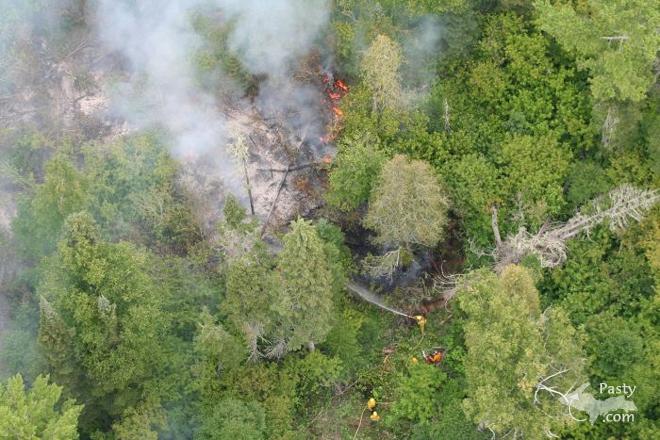 |
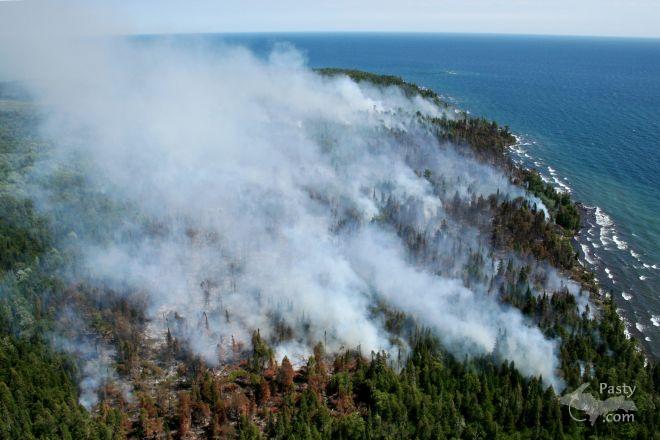 |
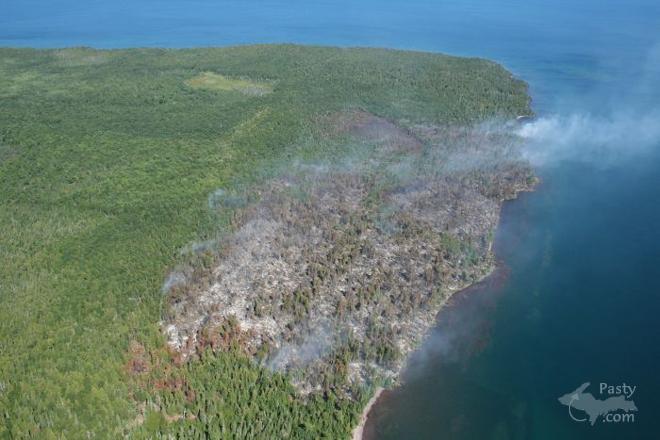 |
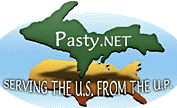 |
Here's a list of messages posted in the past 24 hours See our guest photo gallery for more great views from the U.P. |
|
Past-E-Mail: Cam Notes - 2006: August: Aug 16-06 |
 |
 |
 |
 |
 |
Here's a list of messages posted in the past 24 hours See our guest photo gallery for more great views from the U.P. |